Table of Contents
Toggle25 yoga for Diabetes Control
Sun Salutations (Surya Namaskar)
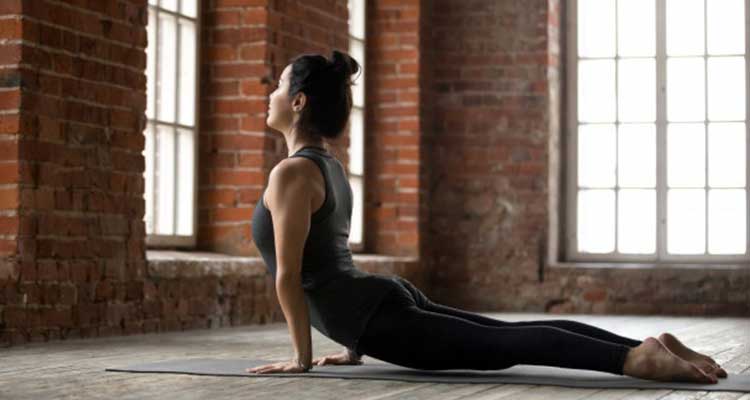
When it comes to yoga for diabetes, the first pose that comes to mind is sun salutations, which are particularly good for diabetics. It's an excellent technique to increase your heart rate while also stretching your complete body. Sun salutations are also a good warm-up before doing any asana or simply going for a walk. Sun salutations come in a variety of styles. Sun salutations increase blood sugar levels, circulation, and body alignment. It regulates the amount of insulin in your body.
Process:
1. Keep your abs pushed in and link your palms together as you stand upright in front of your mat. Inhale as you raise your hands and stretch them to your backside. Exhale and take a step forward, lengthening your spine as you go. Relax your neck by looking down.
2. Take a deep breath and extend your right leg backwards, keeping your right knee on the floor. Make sure your palms are flat on the ground and your left knee is at a 90-degree angle. Make a straight line with your head. From this position, hold your breath and bring your left leg back to a plank position.
3. Maintain a single, straight line across your body. Take a deep breath out and lower your knees, chest, and chin to the floor. Also, softly lower your hips. Inhale and slowly elevate your upper body, lifting your head to the sky. Then, as you elevate, exhale. Invert your body into the V-shape. Try to stretch your spine by placing your heels and palms on the floor.
4. While breathing, move your right leg forward. Exhale as you bring your left leg in front of your torso. Bend down and touch your toes, then stretch with your palms on the floor. Exhale and link your palms together as you inhale, raise your hands, lengthen your back, and exhale.
5. Switch to the left side and do the same thing.
25 yoga for Diabetes Control
Lying Down Body Twist (Folded leg Lumbar stretch)
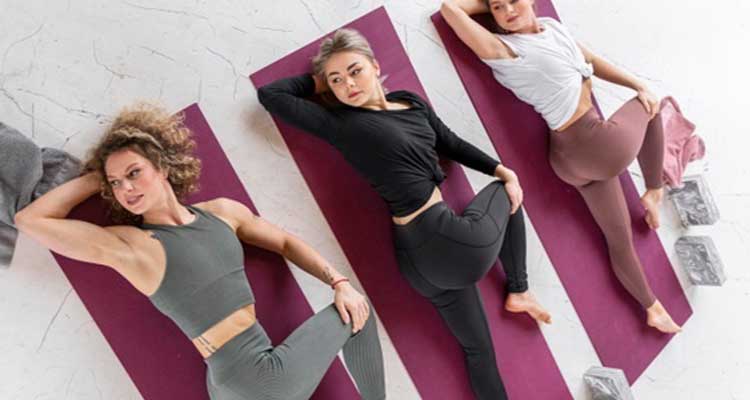
When it comes to yoga for diabetes, the first pose that comes to mind is sun salutations, which are particularly good for diabetics. It's an excellent technique to increase your heart rate while also stretching your complete body. Sun salutations are also a good warm-up before doing any asana or simply going for a walk. Sun salutations come in a variety of styles. Sun salutations increase blood sugar levels, circulation, and body alignment. It regulates the amount of insulin in your body.
Process:
1. Lie flat on your back with your arms extended sideways and palms facing down.
2. Bend your left knees over to the right side, bringing them up to the level of your chest. Raise one knee to the level of the other's hips.
3. Before swapping sides, hold this stance for 30 seconds.
Bow Pose (Dhanurasana)
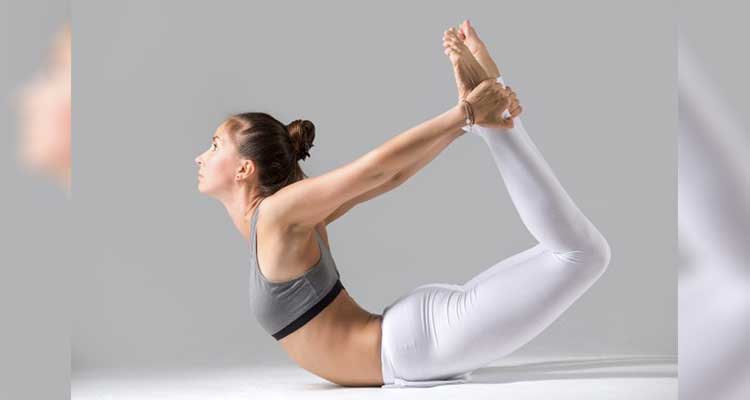
Bow position is an antidote to exhaustion. It helps to strengthen stomach muscles, relieve constipation, and regulate the pancreas. It comes highly recommended for balancing blood sugar levels.
Process:
1. Lie down on your stomach, feet slightly apart and arms almost parallel to your hips.
2. Slowly fold your knees up, keeping your ankles in your hands.
3. Take a deep breath in and lift your chest off the ground, then draw your legs up and stretch. You should be able to feel the stretch in your arms and thighs.
4.. Hold the pose for 12-15 seconds, focusing on your breathing by taking long, deep breaths.
5. Return your chest and legs to the ground slowly, releasing your grasp on the ankles and relaxing your hands to the side. Rep for a few more sets.
Seated-forward Bend (Paschimottanasana)
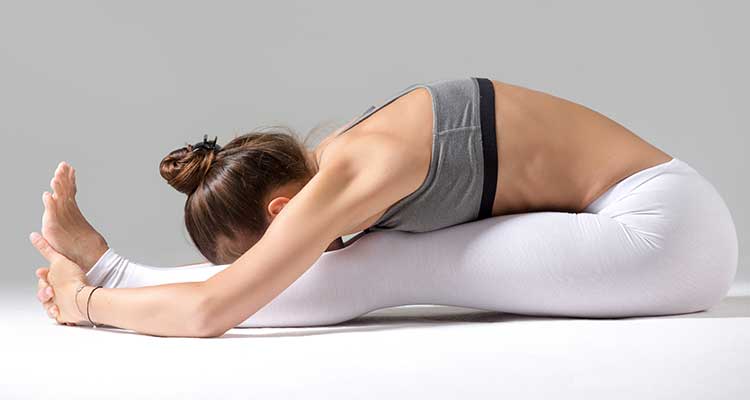
This is the one yoga asana for you if you wish to adopt a therapeutic approach to yoga for diabetes. For diabetics, seated forward bend is a good alternative. It manages diabetes, lowers blood pressure, and keeps insulin levels in check. This pose is especially popular because it aids in weight loss. It can also help with stress, exhaustion, headaches, and anxiety.
Process:
1. Sit down and straighten your legs.
2. Pull your hands up and inhale.
3. Bring your hands down to your toes and try to contact them without bending your knees.
4. Place your chin against your chest.
5. While breathing normally, hold the stance for 60 seconds.
Legs up the wall (Viparita Karani)
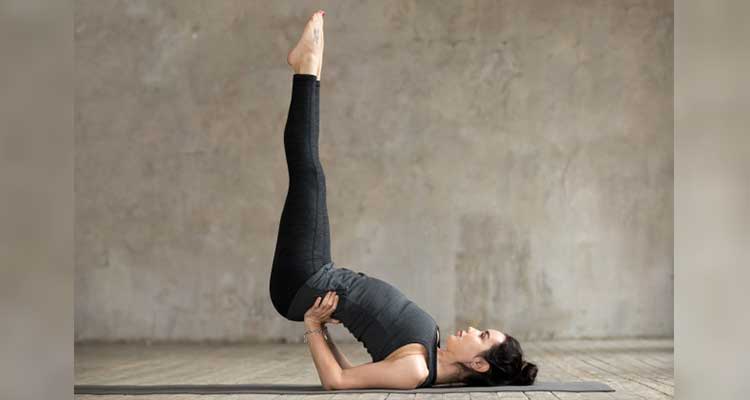
Legs up the wall helps your diabetes by stimulating your pancreas and bringing your internal organs together. It lowers blood sugar levels, lowers blood pressure, and reduces stress. It's also a great way to unwind because it improves circulation and energy levels.
Process:
1. Get a towel, fold it, and sit against the wall with it.
2. Lie down on your back and raise your legs to form a 90-degree angle with the wall.
3. Take a deep breath and relax your head, neck, throat, and chin.
4. Extend your arms upwards with your palms facing up.
5. Hold this position for 5-10 minutes.
6. After that, carefully lower your legs.
Rep on the opposite side.
Bhujangasana (Upward Facing Dog Pose)
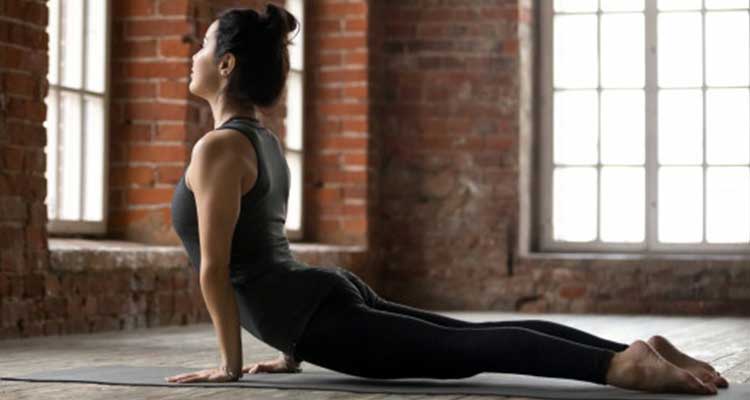
Muscle strength is improved when the triceps brachii, spinal extensors, and quadriceps muscles work together. It then decreases blood pressure and blood sugar levels. It aids in the improvement of posture and is a minor asthma treatment.
Process:
1. Lie down on your stomach with your legs straight.
2. Place your arm on the floor beside the last ribcage, keeping your forearms perpendicular to the floor.
3. Lift your body by pressing your arms together.
4. Put pressure on your feet and keep your hips stiff.
5. Maintain a straight posture for 30-40 seconds while breathing normally.
Corpse Pose (Shavasana)
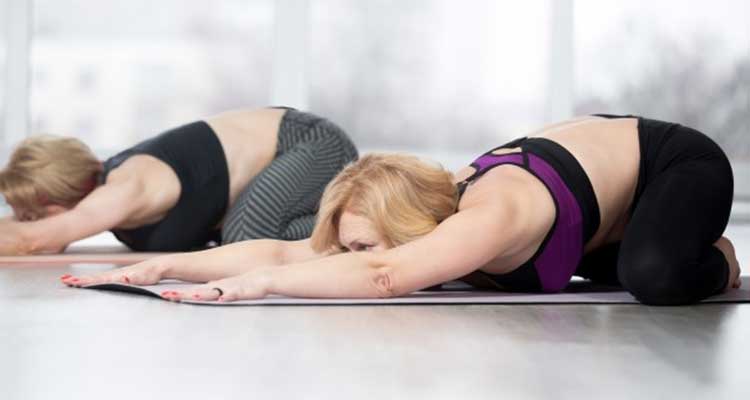
The final phase in yoga for diabetes is corpse pose. You can begin with any yoga asana but must end with corpse pose. It has significant effects on decreasing blood sugar, stabilising blood pressure, and relaxing the body and mind. It will put your body into a meditative state where you won't be able to feel any stress. In addition, it is a typical method to end a yoga practise.
Mayurasana
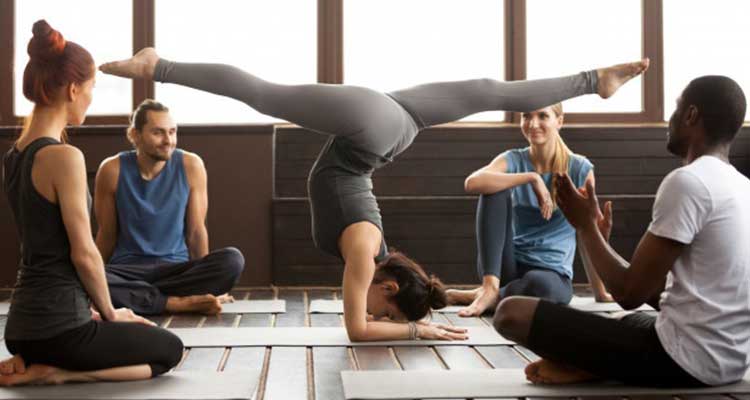
Mayurasana improves the function of your pancreas, liver, and kidneys, which helps to keep high blood sugar levels under control. It may appear tough at first, but with continuous practise, you will be able to master it. The ‘peacock pose' is another name for it.
Process:
1. Kneel down on a floor mat and extend the spacing between your knees.
2. Put your hands on the floor with your fingers pointed towards your body and place both arms between your legs (your wrists are touching each other lightly).
3. Place your forehead on the floor in this sitting position.
4. Straighten your right leg and then your left leg behind you, simply contacting the floor with your toes.
5. Check that your body weight is supported by your forehead, hands, and toes.
6. Now slowly elevate your head and toes off the floor.
7. Your entire body is parallel to the earth.
8. Hold the stance for 10 seconds before slowly releasing it.
Gomukhasana
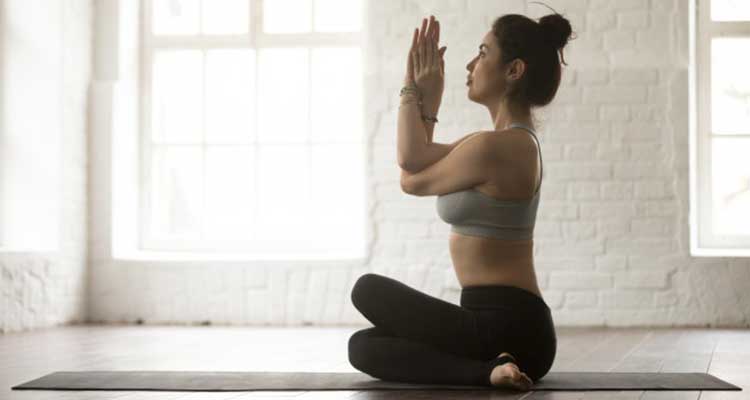
Process:
1. The cow head pose is also known as Gomukhasana. It aids diabetics in controlling high blood sugar levels by increasing kidney and pancreas function as well as promoting digestion.
2. Begin by sitting on a floor mat with both legs spread out in front of you.
3. Cross the left leg across the right thigh by folding it in half. On the outside, the left heel hits the right hip.
4. Bend your right knee and rest your right heel against your left hip.
5. Raise your right arm above your head, bend it behind your head, and point your right elbow to the ceiling.
6. From below, take your left arm behind your back and grasp the fingers of both hands together.
7. Hold this stance for 30-40 seconds, keeping your head straight and breathing normally.
8. Relax and return to the original sitting position.
9. Carry on with the same steps on the other side.
Halasana
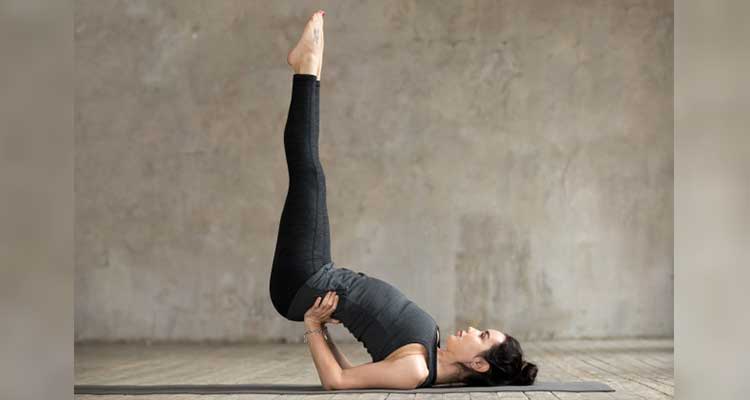
The plough pose, Halasana, activates your pancreas and spleen. It also improves liver and renal function, which aids diabetics in lowering excessive blood sugar levels.
Process:
1. Lie down on your back on a floor mat, palms facing down and arms close to your body.
2. Lift both legs up to a 90-degree angle with the floor while breathing.
3. Exhale and lower both legs behind your head, keeping both legs straight.
4. Make sure your chin is in contact with your chest and your toes are on the ground.
5. Take regular breaths and hold the stance for as long as you feel comfortable (upto a 30-60 seconds).
6. To release the
Ardha Matsyendrasana
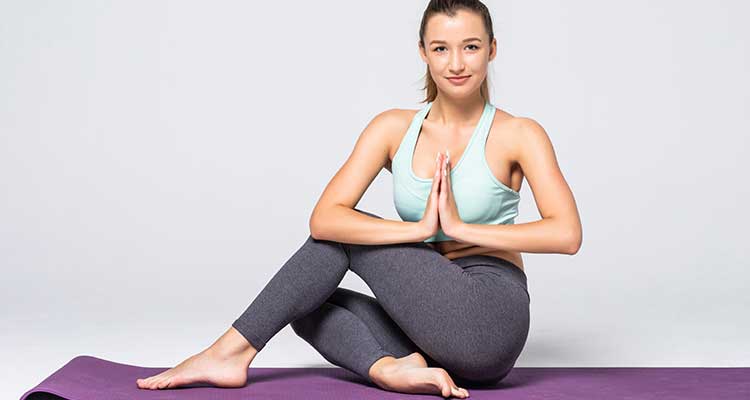
The half fish posture is another name for it. It's an excellent yoga asana for diabetics since it stimulates the pancreas. Though it appears to be a difficult pose at first, it is simple to master if done step by step.
Process:
1. Stand on a floor mat with both legs straight out in front of you.
2. Now bend your right leg and cross it over your left knee, placing your right foot on the floor so that it meets the outside of your left knee.
3. Bend your left leg and place the heel of your left leg beside your right hip.
4. Ensure that your entire body is relaxed and that both hips are on the floor.
5. Using your left elbow, lock your right knee on the outside and hold your right ankle (if you can't reach your ankle, grab the calf muscles of your right leg instead).
6. Put your right arm behind your back and turn your upper body to the right side.
7. In this stance, look over your right shoulder, close your eyes, and breathe deeply for 20-40 seconds.
8. Exhale, relax, and release the stance.
9. Rep the steps on the opposite side of your body.
Supta Vajrasana
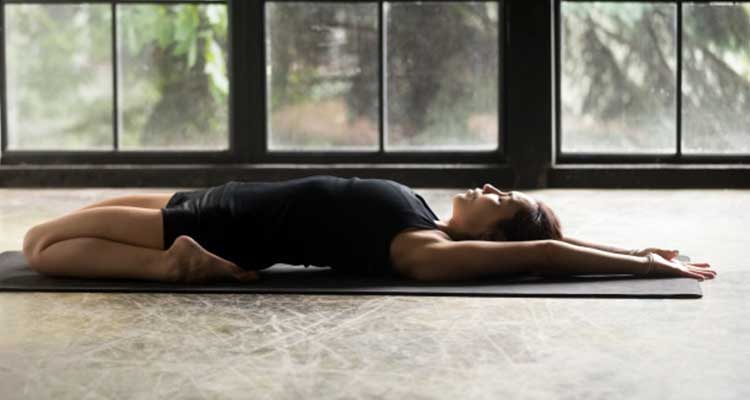
Supta vajrasana is a more advanced kind of vajrasana. The sleeping diamond posture is another name for it. For diabetics, this is a wonderful yoga stance. It aids in the stimulation of pancreatic function and the reduction of high blood sugar levels.
Process:
1. Sit in vajrasana, with your buttocks resting between your heels and your knees touching the floor.
2. Keep your back straight and your hands next to your buttocks on the ground.
3. As you slowly pull your upper body backwards, bend your elbows and rest them on the floor.
4. Lower your head till it is level with the ground.
5. Hold the pose with your hands on your chest in namaskar mudra or with your arms crossed under your head.
6. Deeply inhale for 20-30 seconds.
7. Slowly return to the original stance and relax with the support of your elbows.
Mandukasana
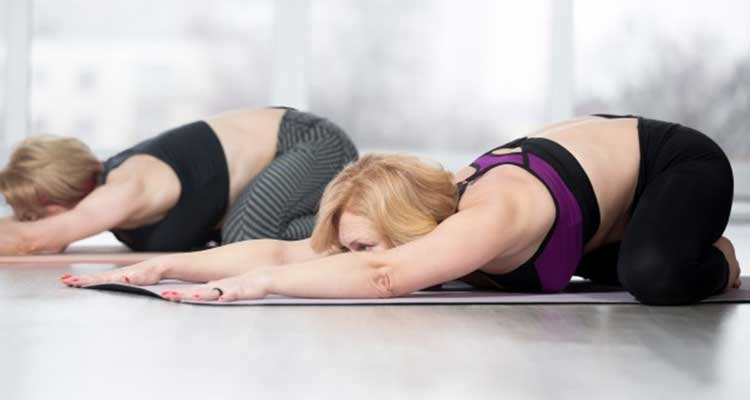
In English, Mandukasana is known as the frog position. It's a fantastic yoga posture for diabetics who want to keep their blood sugar levels in check.
Process:
1. Sit in vajrasana, with your buttocks resting between your heels and your knees touching the floor.
2. Maintain a straight back and relaxed shoulders.
3. In this position, widen the space between both knees (manduk sitting).
4. Bring both knees together and make sure they are touching.
5. Using both hands, make fists and place them on either side of the navel.
6. Bend your body forward until your forehead meets the ground while exhaling.
7. Breathe normally for 10-20 seconds in this position.
8. Come up gently and relax the position while inhaling.
9. Rep this asana twice more.
Vrikshaasana
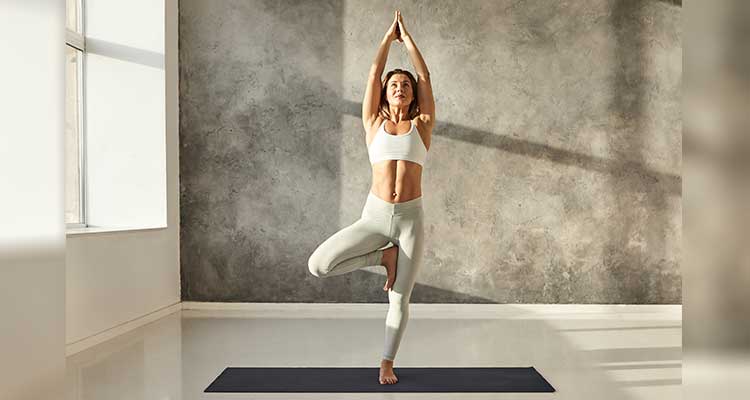
Another helpful asana for regulating blood sugar levels is Vrikshaasana, or tree position. It keeps you free of type 2 diabetes symptoms by regulating insulin release from your pancreas.
Process:
1. Stand with your legs together and your hands by your sides on a flat surface.
2. Raise your right foot to the inside side of your right thigh and place it there.
3. Make sure your right foot's toes are pointed down at the floor.
4. Bring your palms together in namaskar mudra in front of your chest.
5. Raise your linked hands over your head while inhaling in.
6. Hold this stance for 10-20 seconds while breathing normally.
7. Bring your hands down to the floor, lay your leg on the floor, and relax while breathing out.
8. Carry on with the opposite leg in the same manner.
9. Repeat the technique 2 to 3 times more if necessary.
Yoga Mudra Asana
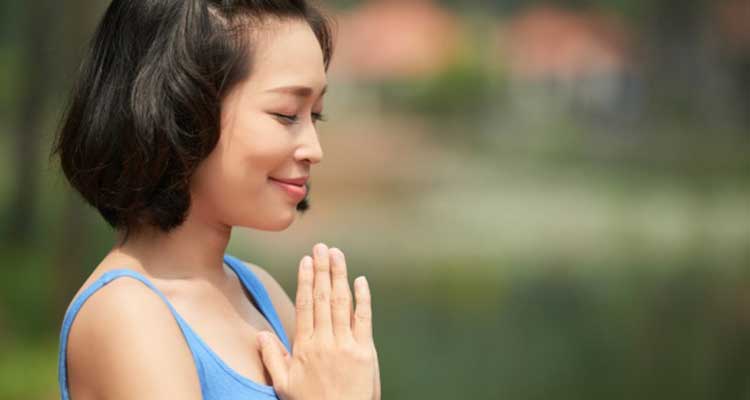
Diabetics will benefit from this yoga asana since it stimulates pancreatic function.
Process:
1. On the floor mat, sit in padmasana or ardh padmasana.
2. Take both hands and place them behind your back.
3. With your right hand, make a loose fist.
4. With the left hand, hold the right fist.
5. Raise your head and bend it slightly backward while breathing in.
6. Bend your upper body forward until your forehead meets the floor while breathing out.
7. Make sure both of your hands are behind your back in the same position.
8. In this stance, continue to take normal breaths for 20-30 seconds.
9. Slowly pull your body up vertebra by vertebra while inhaling and relax.
Shalabhasana
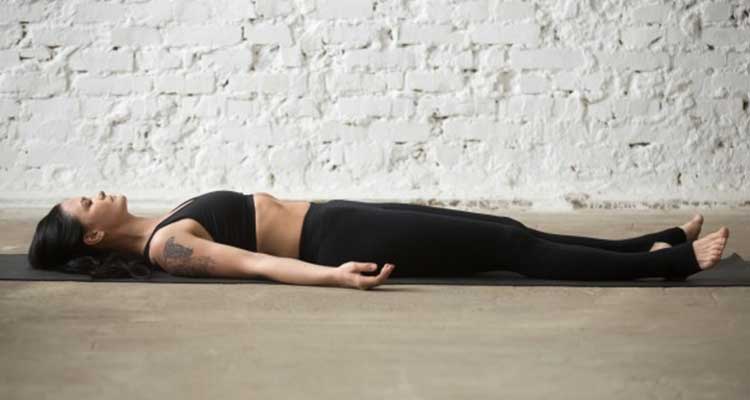
The locust stance is also known as Shalabhasana. It helps diabetics control their blood sugar levels and promotes digestion.
Process:
1. Lie down on your stomach on a mat on the floor.
2. Place your palms facing down behind your shoulders and keep your legs together.
3. Breathing in, use the strength of your spine to lift your upper body up to your navel area.
4. Pull your shoulders back and feel the stretch in your back by keeping your elbows close to your body.
5. In this stance, take 5 to 10 deep breaths.
6. Exhale as you lower your body to the ground.
7. Rep this stance three times.
Mountain pose
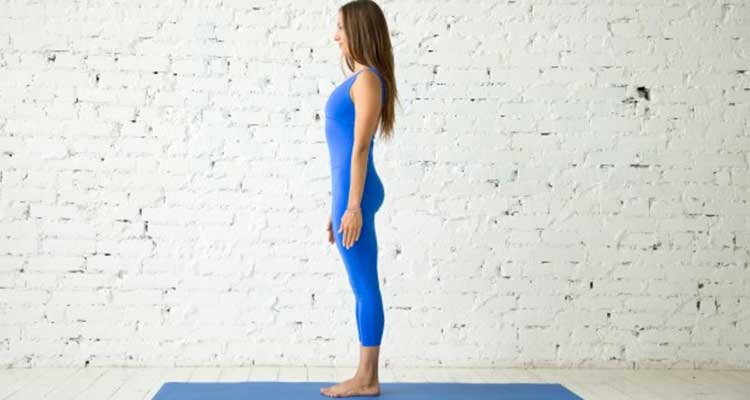
The locust stance is also known as Shalabhasana. It helps diabetics control their blood sugar levels and promotes digestion.
Process:
1. Stand with your arms by your sides and your feet flat on the ground. The feet can be spaced apart slightly.
2. Tuck your tailbone to engage your abdominal, gluteal, and hamstring muscles.
3. Inhale deeply while raising your arms up and out to the sides, palms up.
4. Exhale slowly, lowering the arms to the ground.
Downward-facing dog
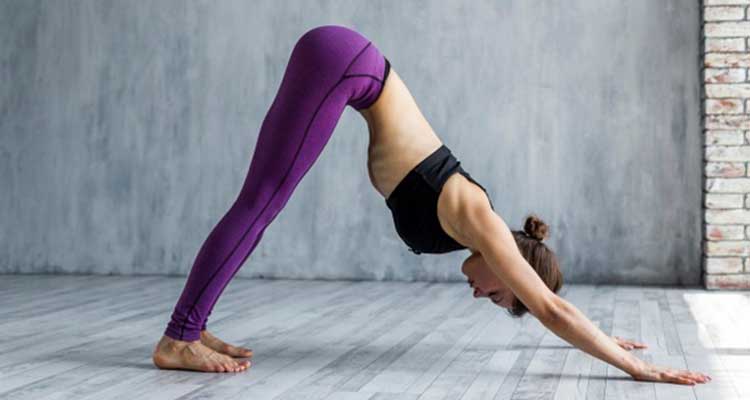
The locust stance is also known as Shalabhasana. It helps diabetics control their blood sugar levels and promotes digestion.
Process:
1. Begin on your hands and knees, tucking your toes beneath.
2. Slowly straighten your legs, thrusting your hips upwards and pressing your tailbone as far away from your hands as possible.
3. The body should be in the shape of an upside down "V."
4. Focus on pressing your hands and feet into the floor, rather than your arms, to retain the majority of your weight in your legs. The heels do not have to make contact with the ground.
5. Return to the starting position by slowly bending the knees until they rest on the floor.
Child’s pose
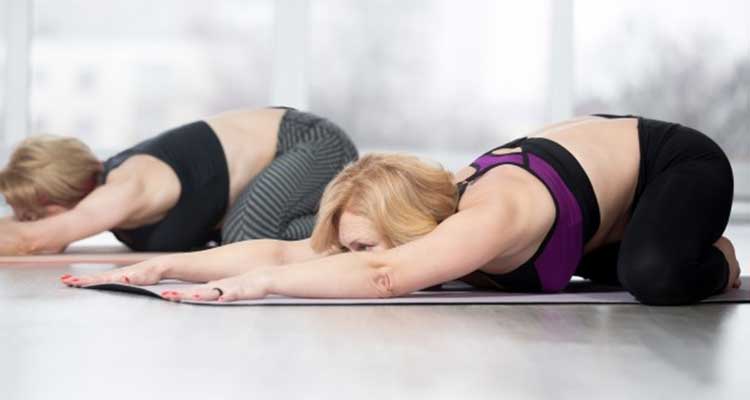
Between more difficult or physically challenging poses, this is an excellent relaxing pose to do.
Process:
1. Begin by sitting on your feet with your knees about an inch apart.
2. Slowly drop your head to the mat and lay your belly on top of your thighs. The head does not have to come into contact with the mat.
3. Slowly stretch the arms forward, bringing them to a point where they contact the front of the mat in front of the head.
4. Hold the position for 10–20 seconds.
5. To extend the lower back, relax the tailbone toward the heels.
Bridge pose
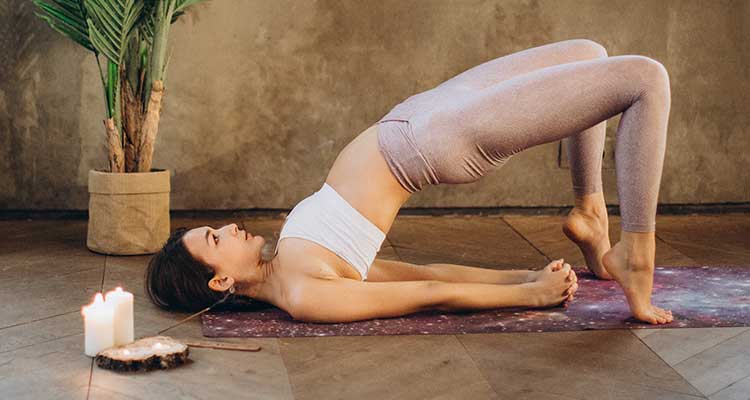
Between more difficult or physically challenging poses, this is an excellent relaxing pose to do.
Process:
1. Begin by lying on your back, knees bent, and feet flat on the floor, hip-width apart.
2. To elevate the hips and lower back off the mat, press the heels into the mat and pull the tailbone up.
3. Reach your hands beneath your hips and wrap your fingers together.
4. Hold the bottom and back up with your abs, glutes, and hamstrings, then release the fingers and slowly lower the tailbone back down.
Plank pose
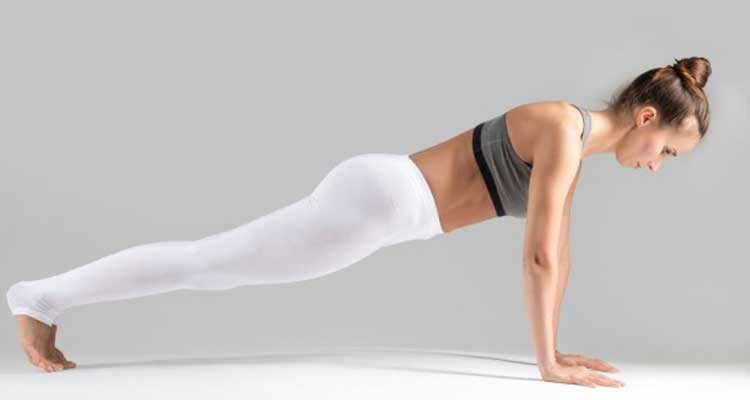
Between more difficult or physically challenging poses, this is an excellent relaxing pose to do.
Process:
1. Begin on your hands and knees, tucking your toes beneath.
2. Lift the knees off the mat and walk the feet toward the back, forming a straight line from head to heels. Shoulders should be vertically packed above wrists.
3. This position is similar to a pushup.
4. Hold for a few seconds while maintaining your abdominal muscles engaged, then slowly relax.
Tree pose
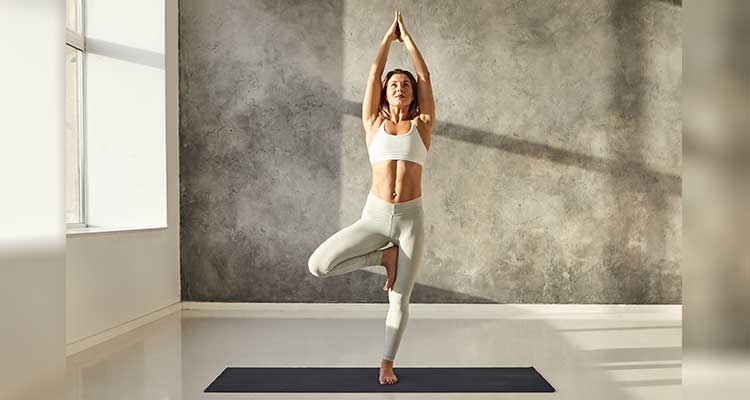
Between more difficult or physically challenging poses, this is an excellent relaxing pose to do.
Process:
1. Begin by standing with your right foot flat on the floor and your left foot pointed, only your toes touching the ground.
2. Raise your left leg and swing it out to the side.
3. For novices, place the bottom of the left foot on the inside of the right leg, below the knee.
4. To help with balance, keep your hands clasped together in front of your chest or grab a chair or a wall.
5. Repeat with the other leg after a few seconds of holding.
Corpse pose
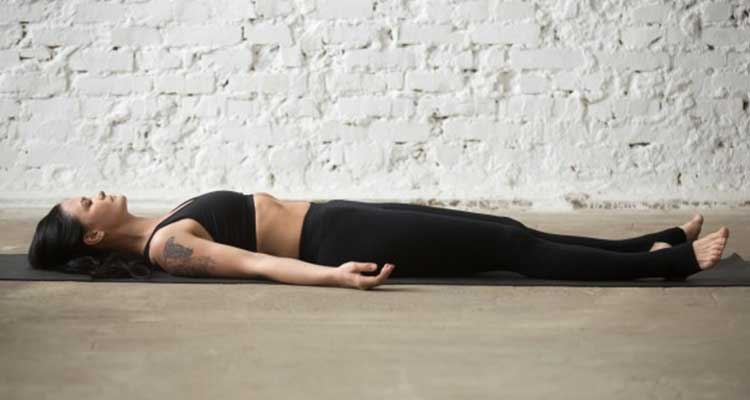
Relax the entire body by inhaling through the nose and exhaling through the mouth while lying flat on your back with arms at your sides and palms facing up